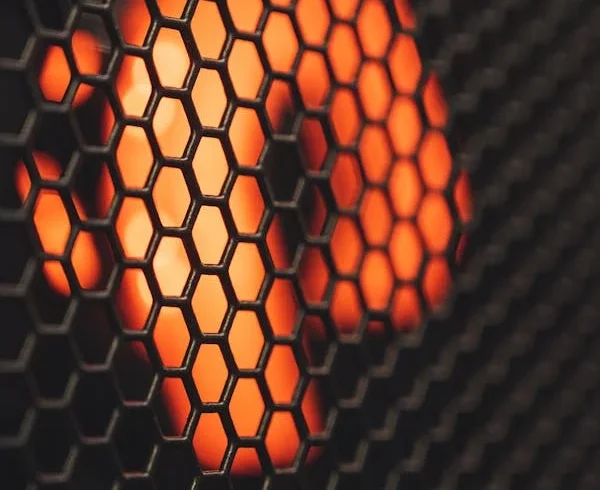
Don’t rush your logo with blank “math” grid indicators or fictional geometric shapes grid system logo design.
For Yahoo’s name change in 2013, CEO Marissa Mayer and her in-house project team used the math template as a guide for creating the logo. They posted the video above to explain the correct process of the project and to highlight the “cool/math” nature of the project.
Speaking of the exclamation point, Mayer said, “The final step is to shout the exclamation point slightly at a 9-degree angle.” This mathematical explanation did not convince some, and the concept was influenced by Has. This has been heavily criticized. Most of the project industries call this a “math” quality, but it doesn’t make any sense. This is an example to show that using “mathematical consistency” doesn’t always lead to good design.
A logo designed by Raymond Loewy for the Shell Oil Company can use the logo design guidelines as a guide to create an iconic design that hasn’t changed much since 1971. Not all of the lines in your logo design agency match the grid, but the grid is certainly an important element of your project. A stronger and more recognizable design than the previous emblem.
Don’t apply mathematical proportions to a logo design agency that doesn’t exist.
This widely used logo design guide was not used to create the Apple logo; it was used to illustrate the timeless appeal of the design.
This graphic is supposed to be an extraordinary design, as the Apple logo is made up of filled circles and follows the Fibonacci sequence and the golden ratio. This claim was completely shaped by several mathematicians and designers. On closer inspection, the Apple lines don’t fit in the right shape, and the number of numbers isn’t in a golden ratio.
It goes without saying that good project geometry and numbers are measured. If you have a magic formula to use to create the perfect logo, great. However, perfect geometric shapes don’t necessarily attract people’s attention. The Apple logo works because it is geometrically imprecise, as one could argue grid system logo design.
Use grids and geometric shapes to add brightness and symmetry to your designs.
This sleek, award-winning logo design uses great structural guidance and was listed in the top 9 of 99 designs this September. In creating the AllDayRuckoff Looking for Logo Design Agency Go competition, Kaelgrafi designers used construction guidelines to achieve symmetry and maintain a coherent spatial relationship between the corners and curves of the project.
Corner any shape with a perfect circle. Of course, designers first perfect their projects in a vector sketch program. This is the success story of using grids and basic geometric shapes to create attractive, professional-quality projects.
Start each project with a layout grid.
As you can see in the segmentation above, Microsoft used the same angles and grid-based design when redesigning the previous Bing logo to ensure compatibility with other product logos.
with a grid system
The simplicity of design: the best (normal) logos have the simplest shape. If you are using a grid system, determine the structure of your logo before you start.
Versatility: Designers prefer the grid system as it allows you to create amazing projects on any device. More than ever, more and more consumers are using what they use to access the internet with their phones or tablets to display and create stunning logos.
Flexibility: You can use horizontal and vertical lines in seemingly endless ways. Modular grids can be combined with hierarchical column grids and handwritten grids.
Easy to Use: The goal of designing a website is to be beautiful and user-friendly in terms of easy navigation. Ideal for keeping the most important content out of sight to avoid shifting the optimal grid layout. This allows you to highlight important content, such as your logo design agency. So, in theory, you would benefit from using web pages and a symbolic grid system.
Author Bio:
Hermit Chawla is a marketing manager at Sprak Design. He would love to share thoughts on logo design agencies, lifestyle design firms, branding firms, exhibition design, etc.

